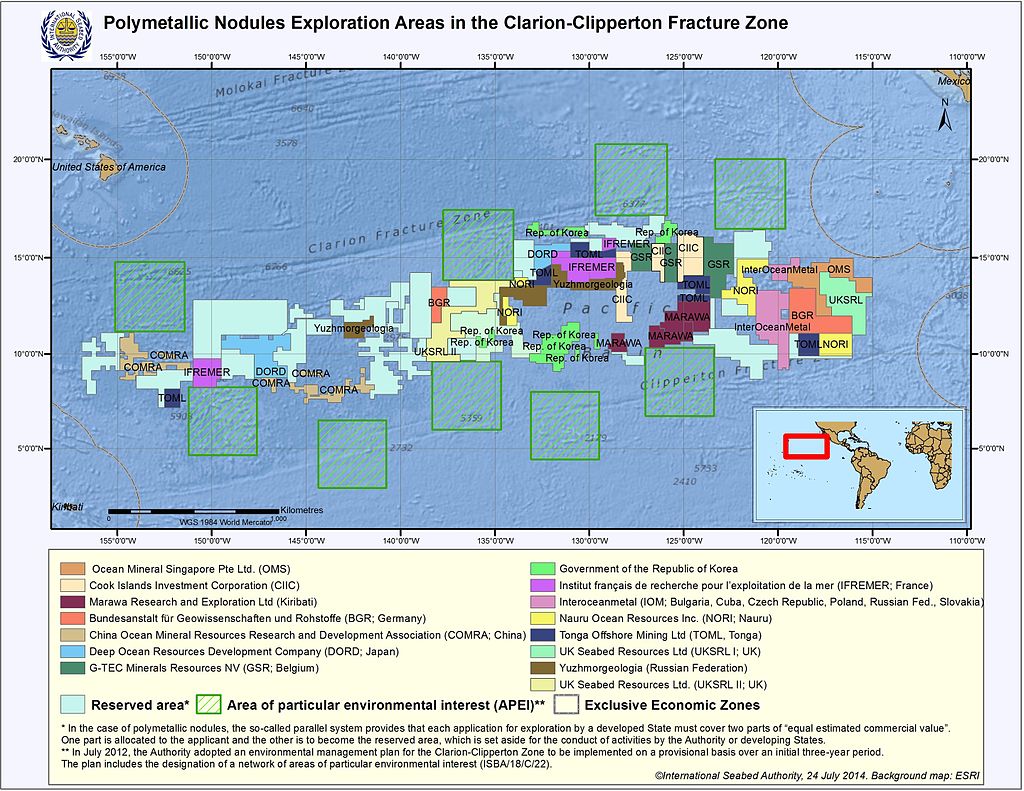
New Bacteria
Scientists have discovered a new type of bacteria that could redefine what they know about the marine carbon cycle on the ocean floor.
Called benthic bacteria (named after the ocean floor’s benthic zone) these organisms capture carbon dioxide from decaying matter that floats to ocean floor. While the process is not yet fully understood, what the scientists found is that these bacteria are part of the oceanic carbon cycle which is a central process to the global carbon cycle.

The new bacteria was discovered in sediment samples taken from an area in the Pacific Ocean between Hawaii and Mexico known as the Clarion-Clipperton Fracture Zone (CCFZ). The study was undertaken by a team of researchers attempting to assess the impact deep sea mining might have in the zone.

Roughly 2.5 miles deep, the CCFZ is being charted by companies looking to mine manganese nodules which contain valuable metals. Also called polymetallic nodules, they cover more than 70% of the ocean floor. The largest of these deposits occur in the CCFZ on vast plains in the deep ocean between 4,000 and 6,000 m (13,000 and 20,000 ft). The International Seabed Authority estimates that the total amount of nodules in the CCFZ exceeds 21 billion tons of manganese, nickel, copper and cobalt.
The study concluded that:
“Our results reveal a key role for bacteria in the initial degradation of fresh phytodetritus [organic particulate matter falling to the seabed - Editor.] at the abyssal seafloor of the eastern CCFZ, which is consistent with findings from earlier investigations from other deep‐sea regions. The consistent nature of our results suggest that these characteristics may be generalizable over large spatial scales (distances of tens to hundreds of kilometers).”
It further concluded that:
“Given the large changes that are predicted to occur in the eastern Pacific over the next century due to climate change and mineral extraction, more short‐ and long‐term studies are now needed in other abyssal areas to determine the generality of our findings, and assess the ecosystem consequences that could arise from significant changes to benthic microbial structure and ecosystem functioning in the abyss.”
The findings of the study are published in the journal Limnology and Oceanography.
CO2 Experts
For more information on CO2, and recommendations on the right equipment for your project, contact the subject matter experts online or call 877.678.4259
Photo by Cristian Palmer on Unsplash
